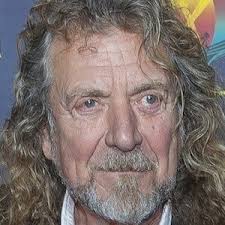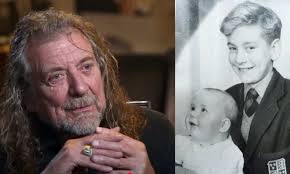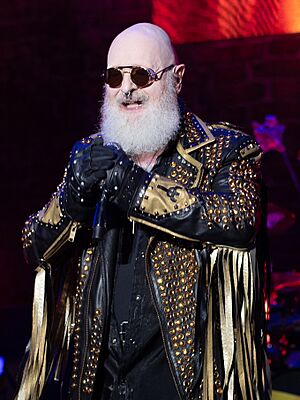The first song that gave Robert Plant goosebumps.
The art of songwriting will always be different for anyone who puts pen to paper for the first time.
While it’s easy to slave over getting the right wording of a certain line, the best moments come from when people are jamming together and a piece of musical magic pops out of the mix. Jimmy Page knew the importance of capturing that magic better than anyone when sculpting Led Zeppelin’s masterpieces, but Robert Plant felt that a song had to move someone physically to be considered a classic.

When listening to Zeppelin’s early records, Plant wouldn’t have made something if it didn’t have the same passion he had heard from his favourite blues artists.
This was meant to be a heavier version of what The Yardbirds were supposed to be, so if they sang songs like ‘For Your Love’, ‘Percy’ was going to make sure a song like ‘How Many More Times’ came blaring out of the speakers the minute that he opened his mouth.
But Zeppelin were never completely satisfied with being a simple blues-rock outfit.
There were many facets to what they could do, and going through their discography, it’s easy to see them either twisting the blues into different shapes or making strange tunes that didn’t seem to have any real genre behind them, like the orchestral swell of ‘Kashmir’ or the ethereal sounds on ‘The Rain Song’.




